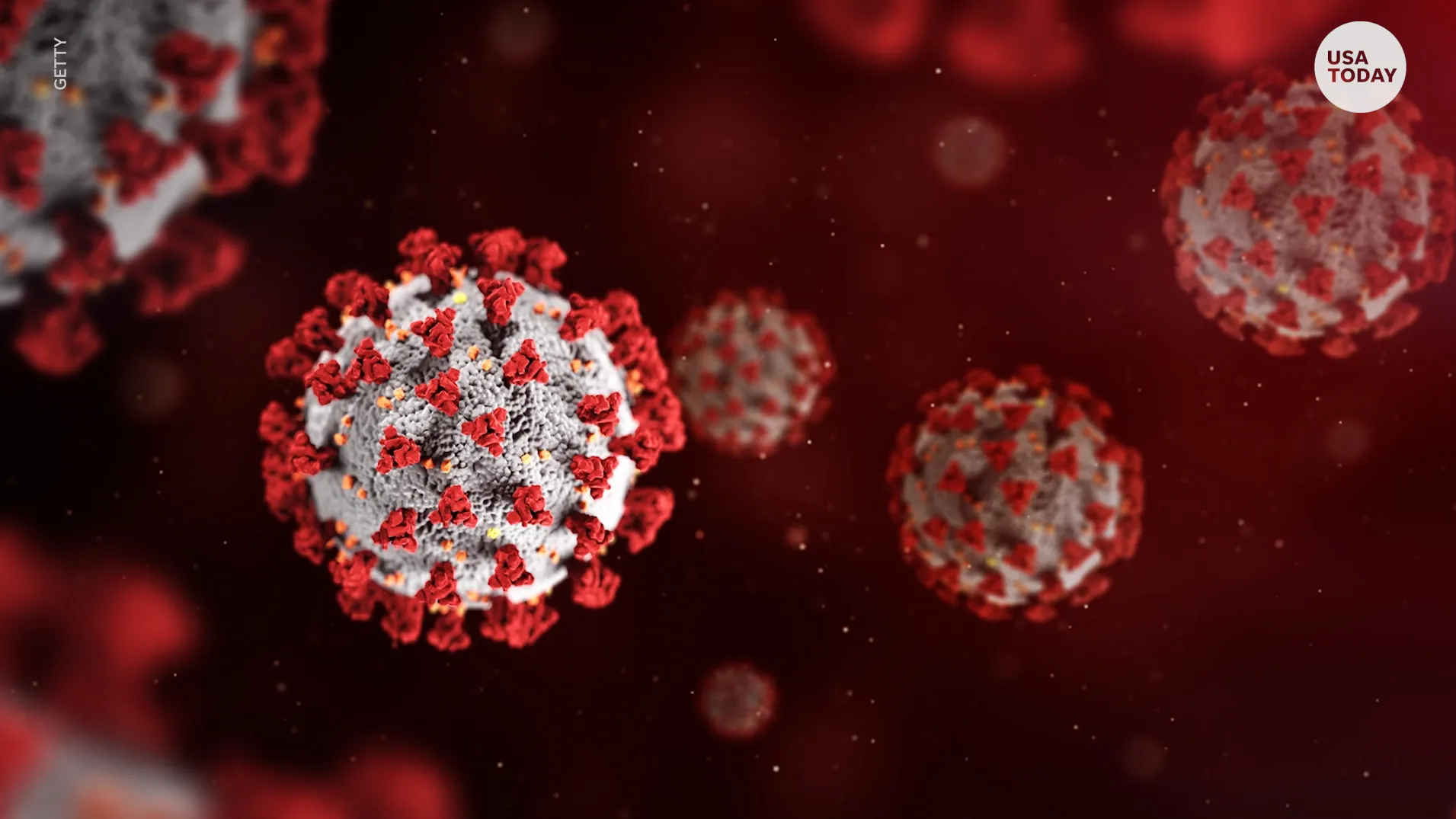In the ever-evolving landscape of the COVID-19 pandemic, recent reports from the Centers for Disease Control and Prevention (CDC) have highlighted a noteworthy surge in cases of the BA.2.86 variant. Within a mere two weeks, instances of this variant have tripled, constituting between 5% and 15% of all infections in the United States. Despite this uptick, a reassuring note emerges from the CDC’s findings: BA.2.86 does not appear to be the primary driver of increased infections or hospitalizations. Both the CDC and the World Health Organization (WHO) have jointly classified it as a “variant of interest,” with a consensus that the public health risk posed by this variant remains low compared to other circulating variants.
Crucially, the CDC emphasizes that the updated COVID-19 vaccines, approved by the FDA in September, are believed to enhance protection against BA.2.86, as they do for other variants. Richard Reithinger, a distinguished research fellow at the International Development Group in Washington, D.C., notes that existing vaccines have demonstrated remarkable effectiveness in safeguarding individuals, particularly those who have received multiple booster doses through vaccination or natural infection. The CDC underscores that these vaccines not only protect against symptomatic infection but are especially potent in preventing severe disease, hospitalization, and mortality.
As we navigate through what some experts have termed the “COVID-19 season,” the rise in BA.2.86 cases is attributed to a combination of seasonal factors and a substantial proportion of the population developing immunity, even if not specific to this variant. Notably, BA.2.86 does not seem to induce different symptoms compared to its predecessors, as most variants tend to produce similar effects. Despite the pandemic’s official conclusion, Dr. Reithinger emphasizes that COVID-19 remains a present concern, urging high-risk groups to adopt risk-mitigating behaviors.
Beyond vaccination, Dr. Reithinger recommends that individuals in high-risk categories adopt additional precautions, such as mask-wearing, frequent handwashing, and avoiding crowded settings. In his expert advice, he underscores the importance of ongoing vigilance, particularly for those at greater risk of infection and severe disease. This high-risk category includes individuals aged 60 and above, the immunocompromised, those with underlying health conditions like asthma and diabetes, and individuals working in occupations with a heightened risk of exposure, such as the service industry.
The emergence of the BA.2.86 variant with its 35 mutations in the spike protein initially raised concerns about potential immune evasion. However, early clinical data suggests that this might not be the case, providing a glimmer of hope in our ongoing battle against the virus. As we continue to adapt to the changing dynamics of the pandemic, staying informed, vaccinated, and vigilant remains our strongest defense. The collaborative efforts of global health organizations, researchers, and individuals adhering to recommended safety measures will undoubtedly play a pivotal role in navigating these uncertain times.














